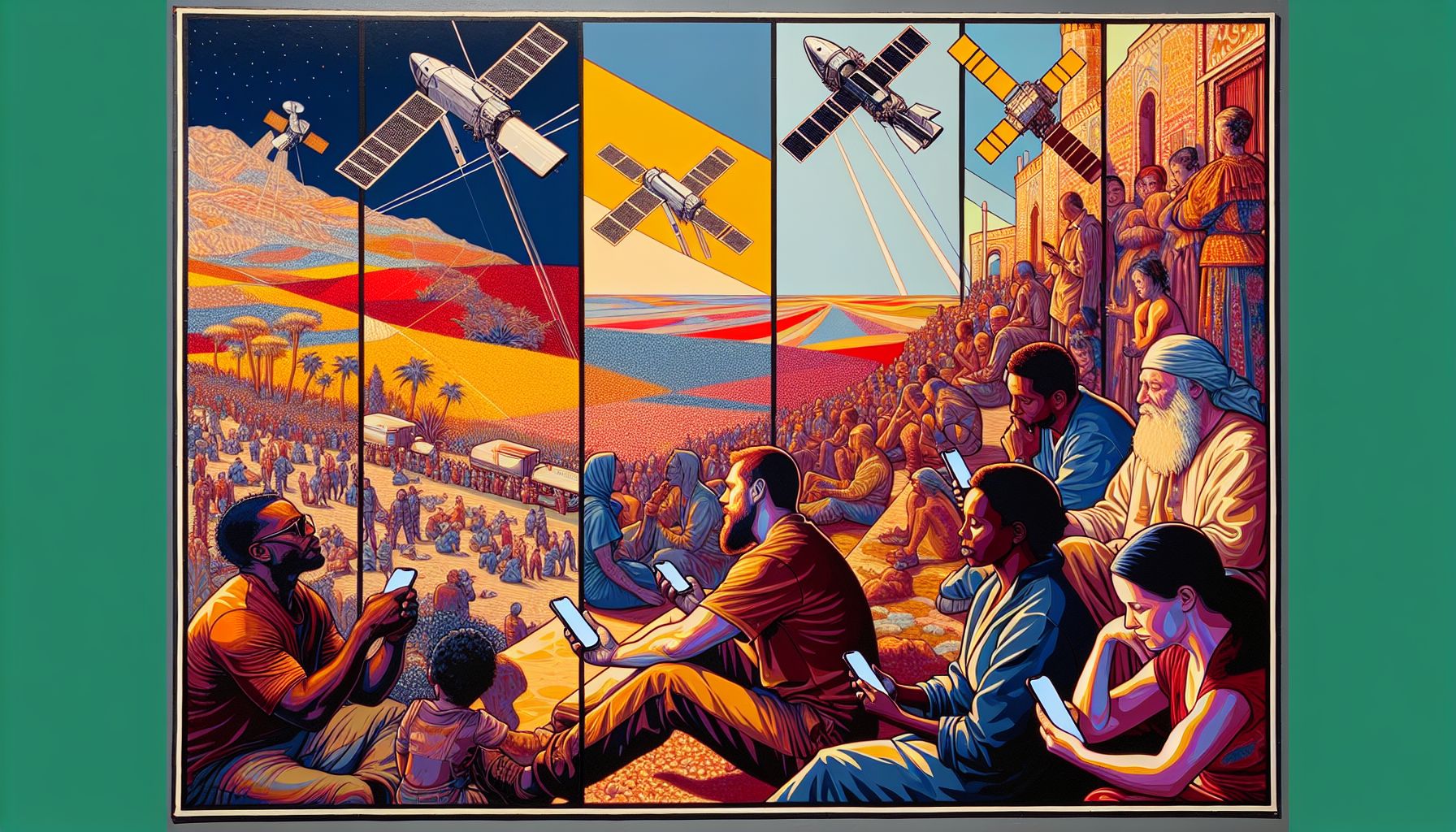SpaceX Pledges Global Emergency Satellite Service for Smartphones

Global, Thursday, 29 August 2024.
Elon Musk announces SpaceX’s plan to provide free satellite-based emergency services worldwide for smartphone users, aiming to ensure connectivity in remote areas. This ambitious initiative could revolutionize global emergency communications, potentially saving lives in areas without cellular coverage.
The Power of Starlink
SpaceX’s Starlink satellite constellation, already renowned for its global internet service, is the backbone of this new initiative. With over 6,000 satellites in low Earth orbit as of March 2024, Starlink aims to expand to nearly 12,000 satellites, potentially reaching 34,400 in the future[1]. This vast network will enable emergency services access regardless of the user’s location, ensuring that help is always within reach.
How It Works
The concept is straightforward: anyone with a smartphone can access emergency services via Starlink satellites, even without a Starlink subscription. When a user is in a remote location without cellular coverage, their smartphone connects to the nearest Starlink satellite, which then relays the distress signal to emergency responders. This technology is particularly beneficial for individuals in remote wilderness areas, at sea, or in regions with inadequate infrastructure.
Comparing Existing Solutions
Currently, companies like Apple and Google offer similar services with their SOS Emergency and Satellite SOS functions, respectively. However, these services are limited in scope. Apple’s emergency satellite service is available in only 17 countries, including the Netherlands, and Google’s service is restricted to the United States[1]. In contrast, SpaceX’s initiative aims for global coverage, significantly expanding the reach and utility of satellite-based emergency communications.
Challenges Ahead
Despite its promising potential, the implementation of this service faces several hurdles. Each country must individually approve the use of this technology, which could delay or complicate its global rollout[1]. Moreover, Elon Musk’s ambitious promises have sometimes proven to be overly optimistic in the past, adding a layer of skepticism to the project[1].
Collaborations and Future Prospects
Since 2022, SpaceX has been collaborating with T-Mobile to test satellite functionalities for mobile phones. Although no specific launch date has been announced, the ongoing expansion of the Starlink network, which aims to deploy over 30,000 satellites, indicates a strong commitment to improving global connectivity[1]. This collaboration could accelerate the development and deployment of the emergency service, making it accessible sooner than expected.
Potential Impact
The free satellite-based emergency service could have far-reaching implications. It could save lives by ensuring that no one is left without help due to lack of connectivity, whether they are lost in the wilderness or caught in a natural disaster. Furthermore, the initiative positions SpaceX and Starlink as leaders in both technological innovation and humanitarian efforts, potentially setting a new standard for global emergency communications.
Bronnen
- www.bright.nl
- www.bright.nl
- www.bright.nl
- www.bright.nl
- satellitemap.space
- en.wikipedia.org
- www.reddit.com
- en.wikipedia.org

